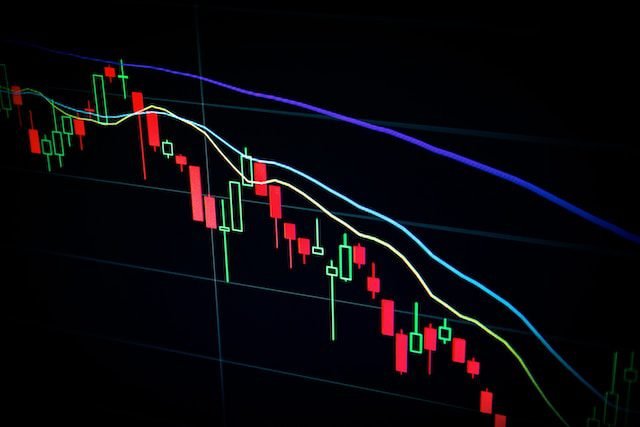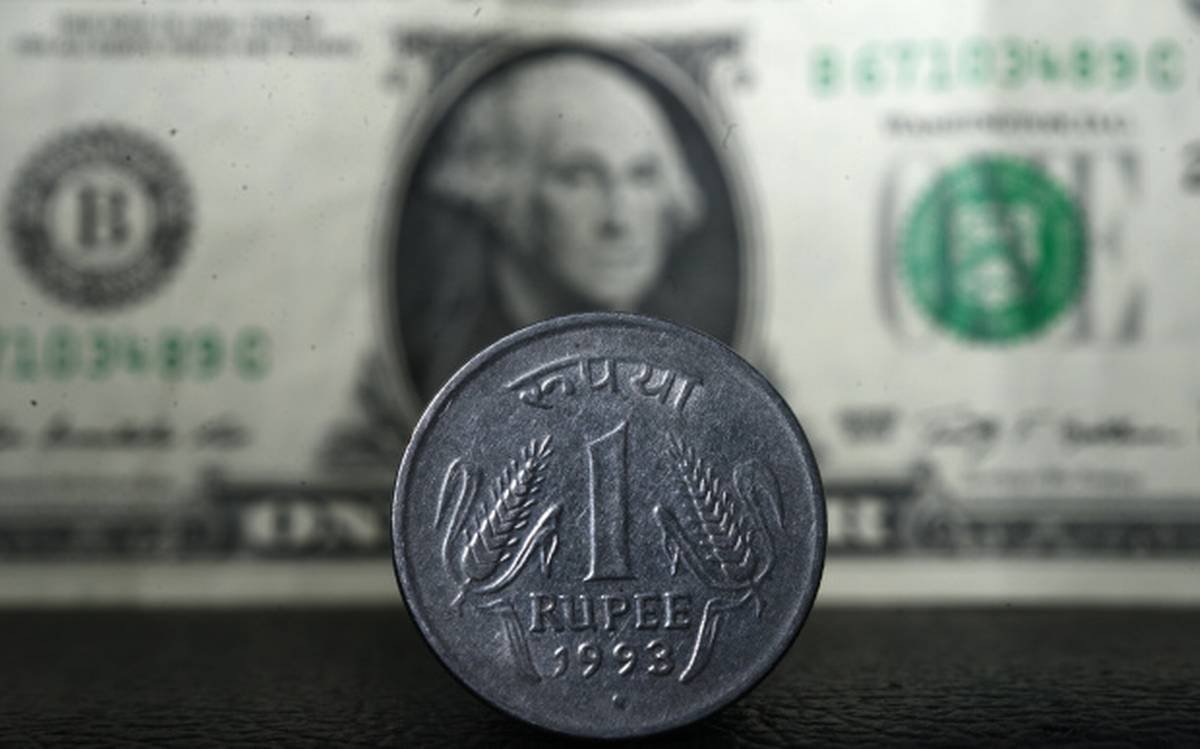Welcome to our daily pre-market update, where we comprehensively analyze the Indian rupee’s performance in the currency markets. In this article, we will delve into the previous day’s trading session, examining the critical movements of the rupee against major currencies such as the US dollar (USD), British pound (GBP), Euro (EUR), and Japanese yen (JPY). Additionally, we will offer insights into what we can expect from the rupee in today’s trading session.
Date- July 25, 2023
Place- New Delhi, India
USDINR
In the currency market, the USDINR pair is experiencing a downward drift with a notable bias. At present, it is trading near the 81.70 levels, a level that has not been breached since March, making it a significant point to watch.
The recent positive developments in the Chinese currency, the Yuan (USDCNH), have had a ripple effect on other currencies, including the Indian Rupee. China’s top leaders have made significant commitments to address challenges in their property sector and ensure stable employment. Their willingness to “adjust and optimize policies in a timely manner” has inspired confidence in the market. Additionally, stable employment has been elevated to a strategic goal, indicating the importance of job security and economic stability.
These measures aimed at boosting domestic consumption and addressing local debt risks have positively impacted the Chinese currency. Within just 24 hours, the USDCNH dropped from 7.20 to 7.15.
Traders are now closely observing the USDINR pair, contemplating a potential short position on the Indian Rupee if prices break down below the critical support level of 81.60. Such a breakdown could lead to a downward movement, possibly pushing prices towards the 80.85/81.00 levels.
For traders seeking to capitalize on the situation, different strategies are available depending on the price movement. As long as the USDINR remains above 81.60, traders might consider buying out-of-the-money put options on the Chinese Yuan, as the risk in these options is well-defined.
However, if prices break below 81.60, traders should be prepared to switch to futures. It is crucial to have a proper stop-loss in place to effectively manage potential risks. In the event of a breakdown below 81.60, short positions should maintain stops above 81.80 on a closing basis to safeguard their positions.
GBPINR
The GBPINR pair is also experiencing a downward drift with a clear bias. The UK composite flash PMI for July dropped to 50.70, the lowest since January. This drop is attributed to rising interest rates and higher living costs, which are impacting households.
As the GBPINR opened below the support zone of 105.00, traders anticipate a further sell-off, particularly in anticipation of a hawkish US Federal Reserve meeting. The overall bias remains downward for the GBPINR pair.
EURINR
The EURINR pair is facing a significant downward drift, influenced by multiple factors in the Eurozone. Business activity in the region contracted more than expected in July, with a decline in demand in the dominant services industry and a sharp fall in factory output since the onset of COVID-19. The flash composite Purchasing Managers’ Index for the euro area dropped to an eight-month low of 48.9 in July, compared to June’s 49.9, indicating concerns about overall economic health.
Furthermore, the news of a hung Parliament after the Spanish elections has further weighed on sentiments in the region, leading to heavy selling pressure on the EURINR pair. As a result, it is drifting toward the 90.00 handle.
Looking ahead, the market’s focus is also on the upcoming hawkish hike by the US Federal Reserve, which could potentially trigger a further sell-off in the EURINR pair.
JPYINR
The JPYINR pair is currently exhibiting a range-bound bias, with support at 58.65 and 58.40, and resistance at 59.05 and 59.20.
As the upcoming meetings of both the US Federal Reserve (Fed) and the Bank of Japan (BOJ) approach, the movement of JPYINR is expected to be heavily influenced by the direction of USDINR. Therefore, traders should closely monitor USDINR’s movements, as they will play a pivotal role in determining JPYINR’s trajectory.
Should USDINR break below the critical support level of 81.60, it is likely to trigger a similar decline in JPYINR, potentially pushing the pair toward the 57.50 level. As such, traders should keep a keen eye on USDINR’s price action, as any significant movement in that pair is bound to have a notable impact on the direction of JPYINR.
Key Points to Consider Today
Indian Markets Expected to Open Flat to Mildly Higher, Following Positive Global Cues
Indian markets are anticipated to open flat to mildly higher, in line with the mostly positive Asian markets today, and the positive performance of US markets on July 24.
The Dow Jones Industrial Average extended its winning streak, recording an 11th consecutive day of advances. Investors seized the opportunity, as the absence of an anticipated recession boosted equities ahead of the Federal Reserve rate decision and a busy week of corporate earnings.
The S&P flash U.S. services-sector index declined to 52.4 from the previous month’s reading of 54.4, marking its lowest level since February. However, the S&P U.S. manufacturing sector index rose to 49.0 from 46.3.
S&P surveys of purchasing managers showed that the U.S. economy grew at the slowest pace in five months in July, indicating potentially weaker conditions in the later part of the year.
Oil prices saw a 2% climb, reaching a near three-month high on Monday, supported by tightening supply, rising U.S. gasoline demand, hopes for Chinese stimulus measures, and technical buying. Brent futures settled at $82.74 a barrel, up $1.67, or 2.1%, while U.S. West Texas Intermediate (WTI) crude settled at $78.74, up $1.67, or 2.1%.
Asian stocks were boosted by Chinese shares, driven by optimism that Beijing would provide more economic support. Though the Communist Party’s top decision-making body refrained from announcing large-scale stimulus, its commitment to boosting the slowing economy contributed to a bullish momentum for equity traders.
On July 24, Nifty experienced a second consecutive session of decline due to profit-taking following the release of some companies’ results. The index closed down 0.37% or 72.7 points at 19,672.4. Nifty formed a lower top; lower bottom formation compared to the previous session, closing near the intra-day low. The next support levels for the Nifty are 19,595 and 19,524, while 19,832 could act as resistance. As the results season reaches its peak, traders may have started unwinding their long positions, adding pressure on the Nifty.
Disclaimer
CurrencyVeda provides information purely for educational purposes. We are not financial advisors or brokers. The content we provide should not be taken as financial advice or a recommendation to buy or sell any sort of investment or security. Always perform your own due diligence and consult with a licensed professional before making any investment decision.



